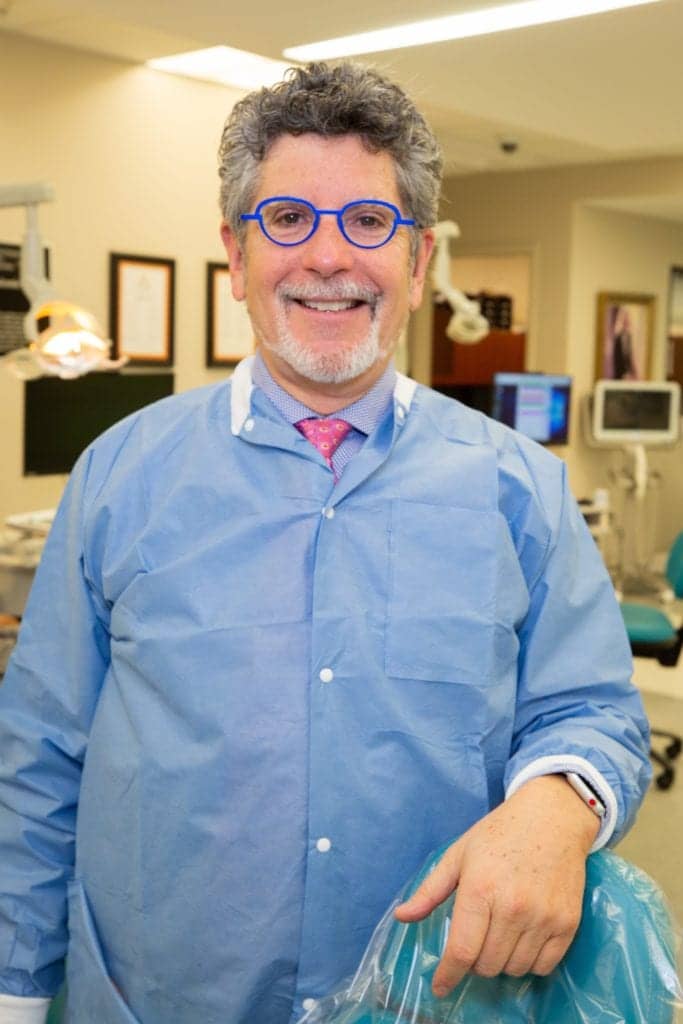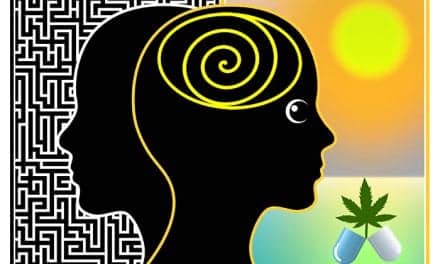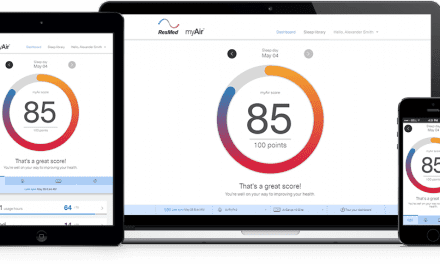An orthodontist and dental sleep medicine practitioner helps expand a sleep clinic’s focus to include children, as the facility keeps patients’ futures in mind.
By Mitchell R. Levine DMD, ABDSM | Photography by UTHSC
As dental sleep medicine and airway considerations have taken firm root in general and specialty dental practices, it stands to reason that our training grounds, the dental schools of North America, should be at the forefront of this educational endeavor. To be sure, however, our schools struggle with this interface and COVID-19 has placed additional stress on dental school budgets.
In the summer of 2019, I was hired out of private practice to fashion a sleep clinic within the College of Dentistry at the University of Tennessee Health Science Center (UTHSC), located in Memphis. As a board-certified orthodontist with additional board certification from the American Board of Dental Sleep Medicine, it seemed only fitting that UTHSC’s scope of care should include both pediatrics and adults. The university has a children’s hospital on campus with a pediatric dental division located on site and a nearby Veteran’s Administration (VA) would serve to be reliable source of adult patients. The university also has a fellowship program in sleep medicine with two fellows, and in the past their exposure to pediatric dental sleep medicine has been limited. The opportunity to include faculty with pediatric dental sleep expertise could surely add value to their 1-year fellowship and serve as a catalyst to encouraging future fellows.
Our current clinic resides in the confines of the College of Dentistry. We have three chairs in private bays. The referral sources are both internal within the health center and outside into the larger Memphis community and beyond including rural parts of Tennessee, Mississippi, and Arkansas. Not unlike many university settings, our patient base is less educated and economically challenged, and many of these patients rely on Medicaid coverage. In turn, there is internal inertia at managing lower reimbursements while controlling expenditures.
I have a 40% orthodontic position and 60% sleep director position at UTHSC. Didactics are presented to both dental students and postgraduate dental residents. Seminar format with hands-on clinical experience is offered to select fourth-year dental students. My experience also includes grand rounds participation, as well as weekly seminars with sleep fellows and other sleep faculty, both pediatric and adult.

With respect to the clinic time itself, we see a mixture of children and adults. On the adult side, many of the patients presenting for oral appliance therapy also have underlying comorbid conditions. As an increasing body of patients are sourced from the VA, we see patients with posttraumatic stress disorder.
We are fortunate to have a pioneer in drug induced sleep endoscopy (DISE) as chair of otolaryngology. We look at DISE as not only as possible predictor of success with oral appliances, but also as a segue to establishing the therapeutic position of the device at delivery. One concern of physicians recommending oral appliances has often been the lengthy fashion associated with finding a therapeutic range, and DISE has the potential to tighten up the process.
New Approaches to Pediatric Obstructive Sleep Apnea
Perhaps the most anticipated and novel aspect of our clinic includes the incorporation of pediatric care. Evidence suggests that adenoid-tonsillectomy is beneficial in the management of pediatric obstructive sleep apnea (OSA) in the short term, but less successful in the long term. The putative cause for this refractory recidivism, and pediatric OSA in general, remains obesity. Our pediatric endocrinology department has a multidisciplinary clinic referred to as “Healthy Lifestyles,” which teaches families how to manage diet and nutrition.
Therapeutically, children have been relegated to CPAP to manage OSA, and in some instances they experience attenuated growth of the maxilla. While positive airway pressure can maintain the airway, the concern with midface retrusion is quite real.
[RELATED: Dentists Make a Difference in Pediatric Sleep Apnea Cases]
Children with a retrognathic maxilla might be better suited for bone-anchored mini plates or reverse pull facemask therapy to address the malocclusion and underlying airway issues—as opposed to CPAP which would serve to accentuate the skeletal deficiency. Accordingly, youngsters presenting with transverse discrepancies of the maxilla and/or mandibular retrognathia may be candidates for expansion and advancement.
Indeed, certain patients with normative Class I occlusion can be managed with mandibular advancement devices at night, while waiting on growth and maturational changes of the airway and involution of the components in Waldeyer’s Ring to manifest themselves. To this end, it is the documented natural course of pediatric OSA, which reveals that 60% to 90% of children with OSA will not shoulder the disease in late adolescence.1,2
This suggests that just because we can expand the dental arches or bases does not mean that we always should. Certainly, patients with malocclusions should be treated accordingly. Too, patients with active obstructive disease with evidentiary neurocognitive deficit, metabolic disease, or incipient cardiovascular infirmity may benefit from orthodontic therapies, while waiting on growth to aid and abet the process.
Yet, it is increasingly evident (as evidenced in chat rooms, blogs, and listservs) that many dentists believe most children should be expanded to either treat pediatric OSA or stave OSA off. While cone beam computed tomography (CBCT) is affording us the opportunity to segment the airway to visualize the effects of growth, development, and possible treatment response, CBCT also reveals a consistent pattern: Many patients are experiencing orthodontic treatment that is positioning teeth outside the bony support of the denture base.
All dental clinicians have a responsibility to screen patients for OSA and, when therapy is indicated, to avail themselves to the tools and resources and evidence available to provide safe treatment. Expansion therapy without regard to bony support may only serve to undermine long-term periodontal health and potentially jeopardize future dental sleep medicine therapeutics.
Our long-term goals include a multidisciplinary sleep center under a single roof. As health care providers, if we are going to advance comprehensive sleep therapy in a meaningful way, we must provide resources and services under a single domain with testing, therapy, and billing bound together. Like the airway, sleep care should be dynamic in nature where pulmonologists, neurologists, behavioral medicine, and dentistry collaborate. Fellows and faculty should be at liberty to consult with one another in real or near real-time to enhance both the patient experience and the outcomes of the services we provide.
Mitchell R. Levine DMD, ABDSM, is associate professor and director of Dental Sleep Disorders at The University of Tennessee Health Science Center in Memphis.
Editor’s Note: The photos featured here were taken prior to the start of the COVID-19 global pandemic.
References
- Budhiraja R, Quan SF. Outcomes from the Tucson Children’s Assessment of Sleep Apnea Study. Sleep Med Clin. 2009 Mar 1; 4(1):9–18.
- Spilsbury JC, Storfer-Isser A, Rosen CL, Redline S. Remission and incidence of obstructive sleep apnea from middle childhood to late adolescence. Sleep. 2015 Jan 1;38(1):23-9.





